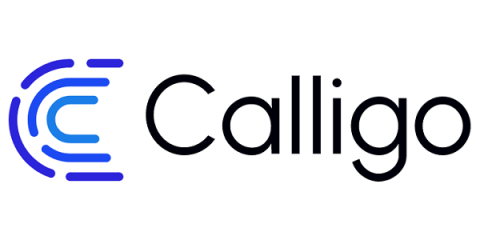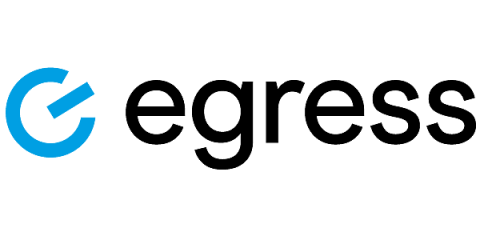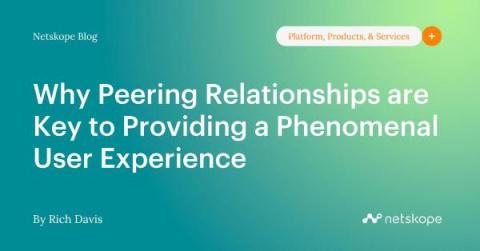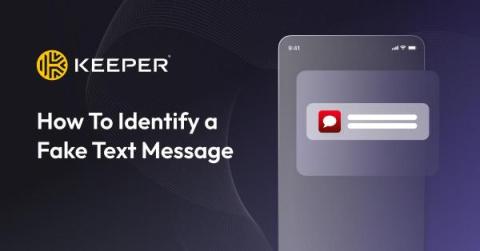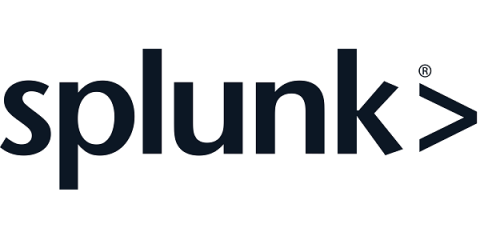Leveraging AI LLMs to Counter Social Engineering: A Psychological Hack-Back Strategy
In the ever-evolving landscape of cybersecurity, businesses and individuals find themselves in a relentless battle against the surge of cybercrime, which continues to escalate in complexity and frequency. Despite the significant investments in cutting-edge cybersecurity solutions, the financial toll of cybercrime persists, with costs escalating annually.



